How is sashiko different from embroidery?
Some differences include: the technique, materials, patterns, background and purpose. | A detailed comparison between sashiko and embroidery
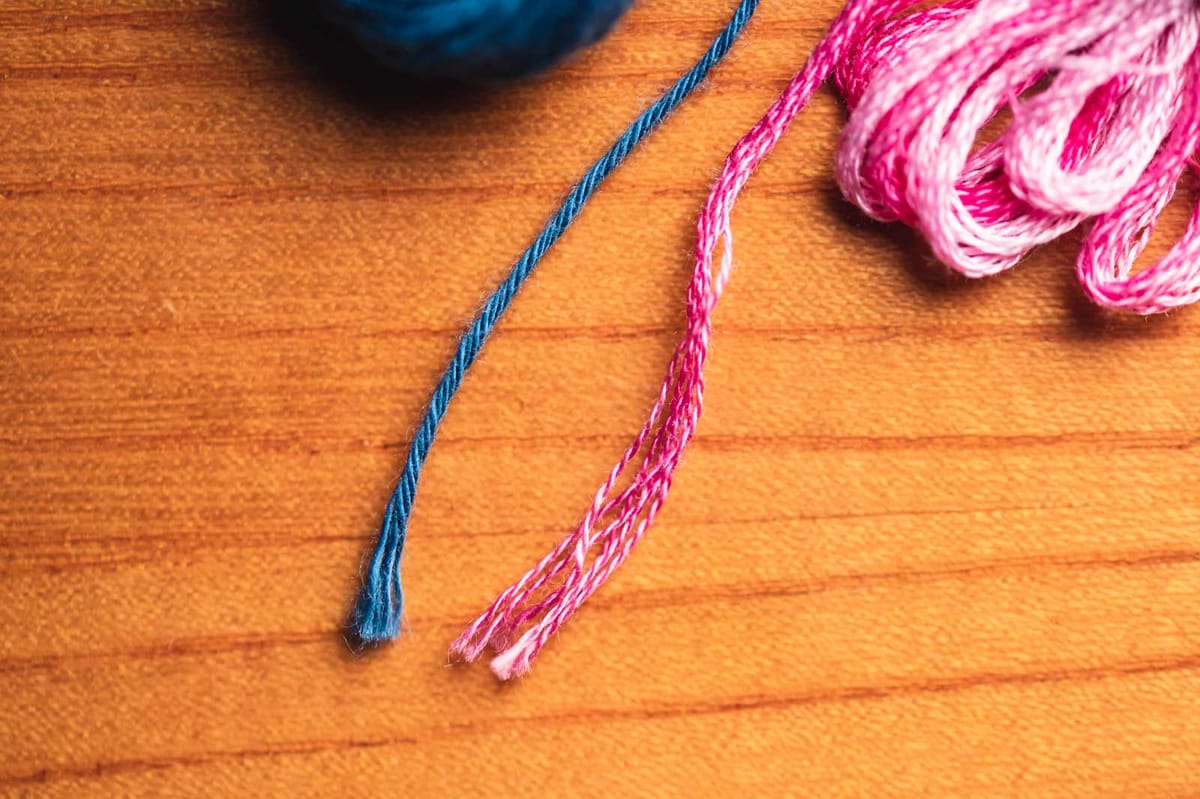
Table of Contents
Is Sashiko Different from Embroidery?
Things Sashiko and Embroidery Have in Common
Sashiko is sometimes listed as an embroidery technique. But is it that simple? Let's take a closer look.
Sashiko and embroidery do use similar tools and both are a form of stitching. But there are some major differences between the two: in the technique, materials used, the patterns, cultural background, purpose, durability...
Is sashiko different from embroidery?
Especially during the last decade or two, sashiko has moved somewhat closer to embroidery when it comes to its function, and many people use the same technique for sashiko and or other embroidery techniques. Sometimes they are even used for the same purpose and they even can achieve a similar look.
But sashiko is as different from embroidery as football is from basketball.
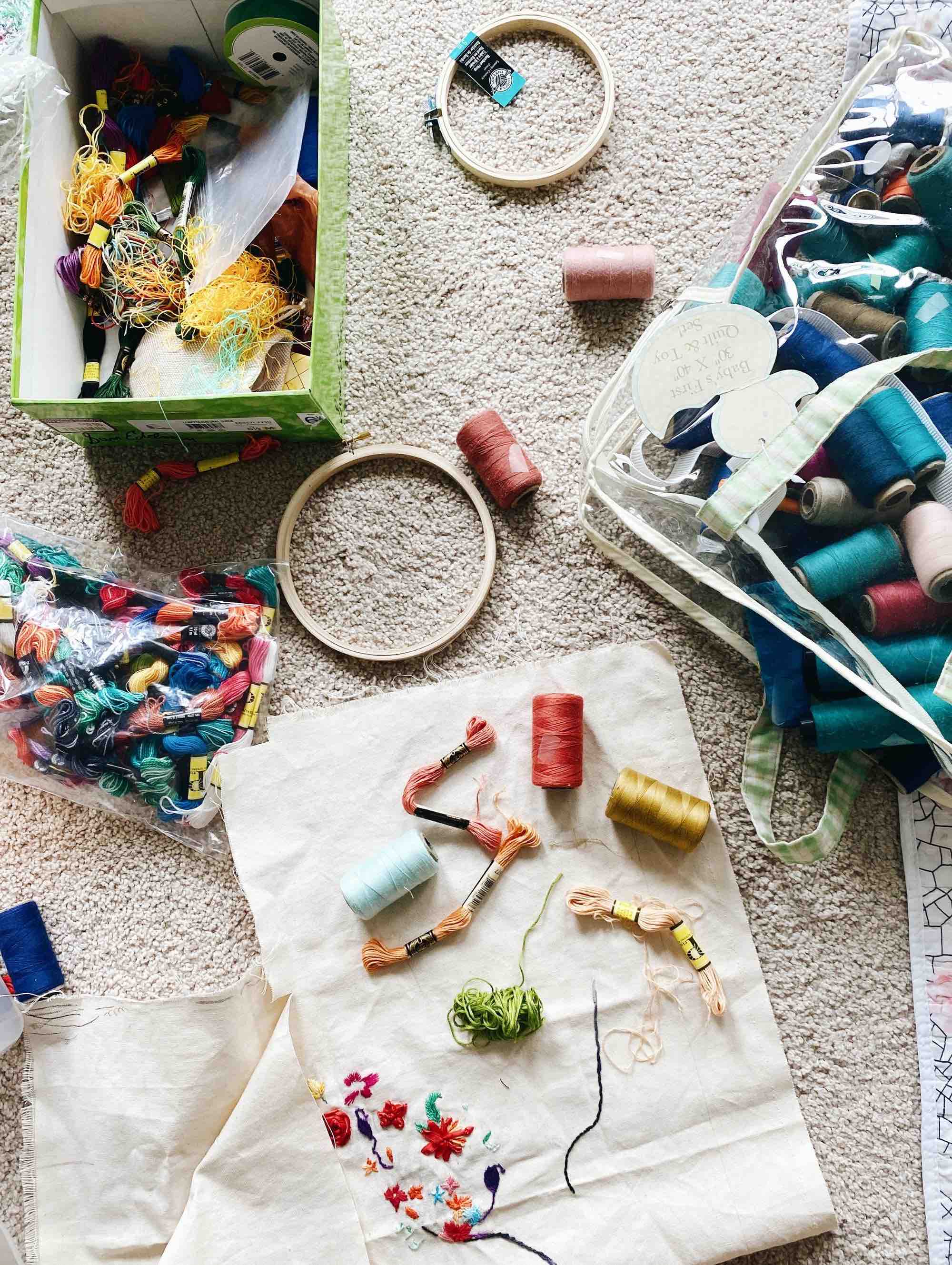
Things sashiko and embroidery do have in common
Not too much, actually. Both use needles, thread, and fabric. Both can look pretty. Both are mostly done by people who benefit from them.
But that's about it for similarities. The thimbles are probably different enough to count as different things even though they are called the same.
Stitches on the Run is reader-supported. When you buy through links on my site, I may earn an affiliate commission. It doesn't cost you anything extra but it helps keep my blog and my stitches running. Thanks!
If you want to argue that that are a lot of things sashiko and embroidery have in common and that that makes them more or less the same, then I could argue that football is more or less the same as basketball.
Both disciplines use a ball and are played by several players on a court. They even share some similarities when it comes to rules. Oh, and one uses a hoop, while the other doesn't.
But for any true fan, playing basketball instead of football or the other way round would most likely not give the player the same amount of satisfaction.
You need different skills for the different disciplines and though both football and basketball use balls and you could probably even manage to play basketball with a football and vice versa instead, you'd definitely miss out on quite a bit of fun with the wrong ball.
Let's take a closer look at what exactly the differences are:
Technique
Holding the needle
In embroidery, you hold the needle between your thumb and index finger and stabilize it with your middle finger.
In sashiko, the needle is rested against a palm thimble that sits where your middle finger meets your palm. You "lead" the needle between your thumb and index or middle finger rather than hold it.
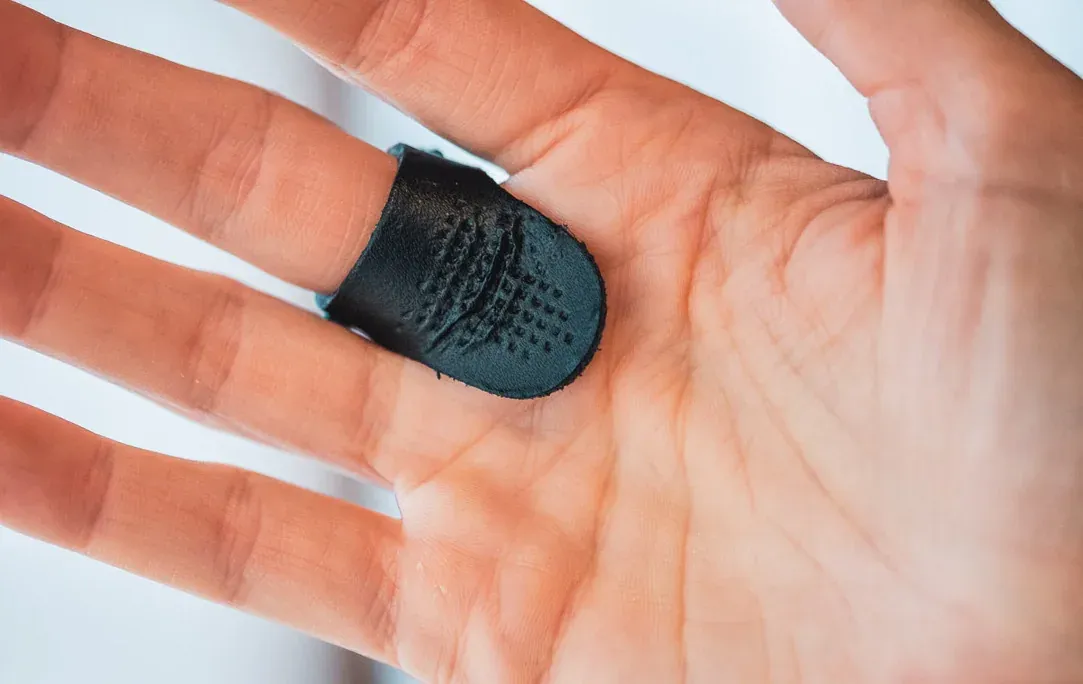
Olympus Leather Palm Thimble
Super sturdy but comfy leather palm thimble that I've used for years. Highly recommend it!
Stitching process
In sashiko you load several stitches at once on your needle, which results in a sort of rhythmic stitching called 運針 unshin in Japanese. The literal translation would be "moving/carrying of the needle." Because this is only doable when the fabric isn't taut, a hoop is counterproductive for sashiko.
But actually, you don't move the needle so much as you move the fabric. If you hold your needle in your right hand, your left hand will have to do at least the same amount of moving as your right hand. While you do adjust the angle of the needle with your right hand, you have to fold the fabric with your left hand in a way that in a best-case scenario the needle will pierce the fabric at a 90° angle.
In embroidery, mainly the needle is adjusted, not the fabric. Every stitch is a single stitch, so these single stitches benefit from using a hoop.
During the sashiko stitching process, your thumb is not only in charge of the needle, but you also use it to make tiny adjustments to the fabric to ensure an even stitch length.
Pushing and pulling
Whereas you push the needle through several layers of accumulated fabric with your thimble and then pull the needle out in sashiko, embroidery skips the step of pushing.
It is simply not necessary to use the same amount of force for an embroidery stitch. So you can easily get away with just pulling.
Knot or not?
Sashiko avoids using knots wherever possible. Several techniques let you start and end stitching without relying on knots. Undoubtedly, sashiko looks better without knots. But maybe that wasn't why knots were avoided originally.
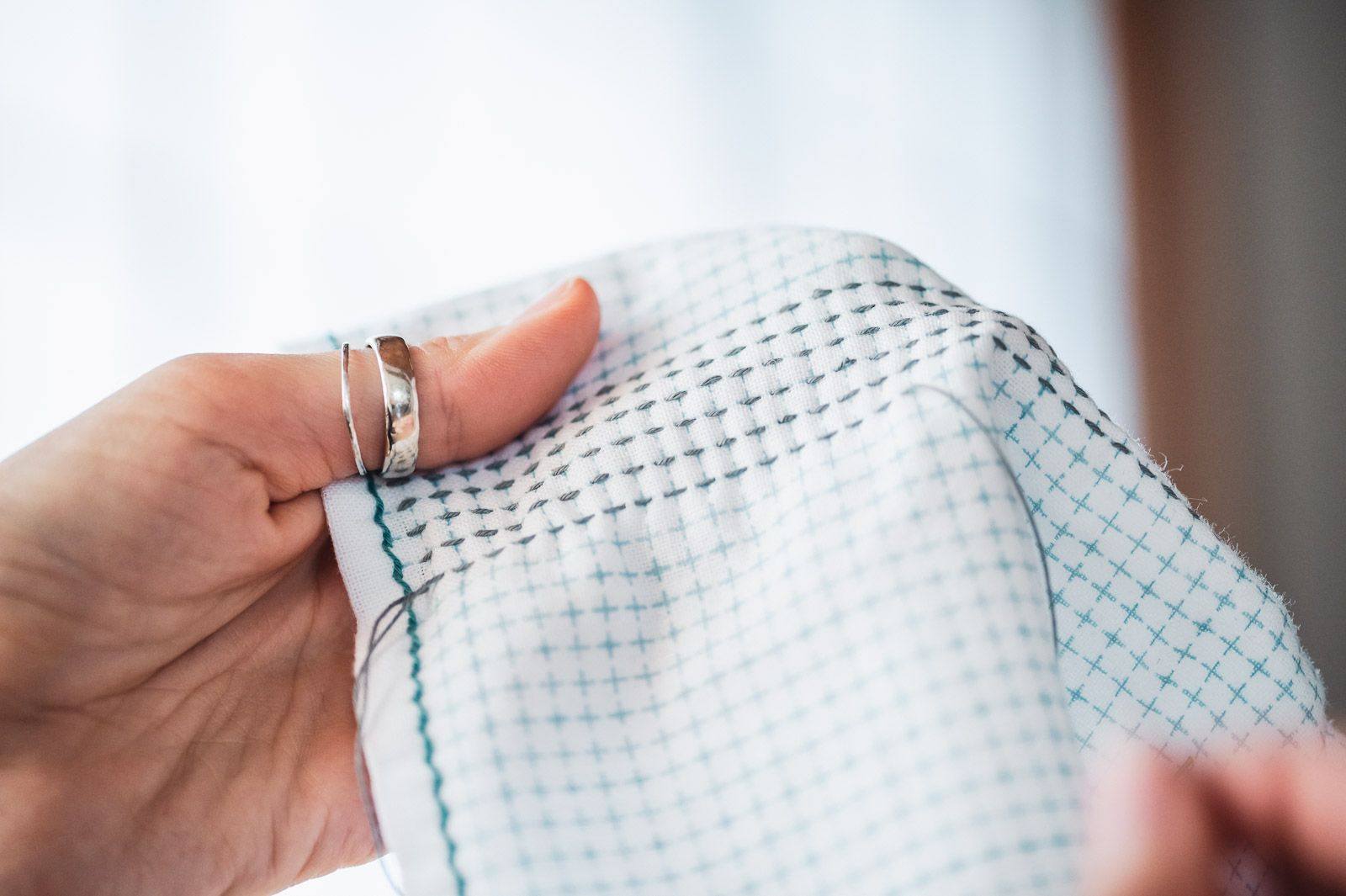
Even though I haven't found any explicit material concerning this matter, I assume that having no knots was simply more comfortable. As sashiko was originally mainly used on clothes, maybe people came up with different ways to bypass knots in order to avoid chafing.
Embroidery didn't have the same need to avoid knots as most applications were not worn directly on the skin or even the body. While it can make for a better look in some styles of embroidery and there are techniques to avoid knotting, it is not the norm as it is in sashiko.
Materials
Needle
Roughly speaking, needles for sashiko are longer and sturdier than embroidery needles. You can achieve the same result in sashiko if you use an embroidery needle instead of a sashiko needle. But you would have to give up some of the benefits that sashiko needles bring with them.
You can find more details about sashiko needles here.
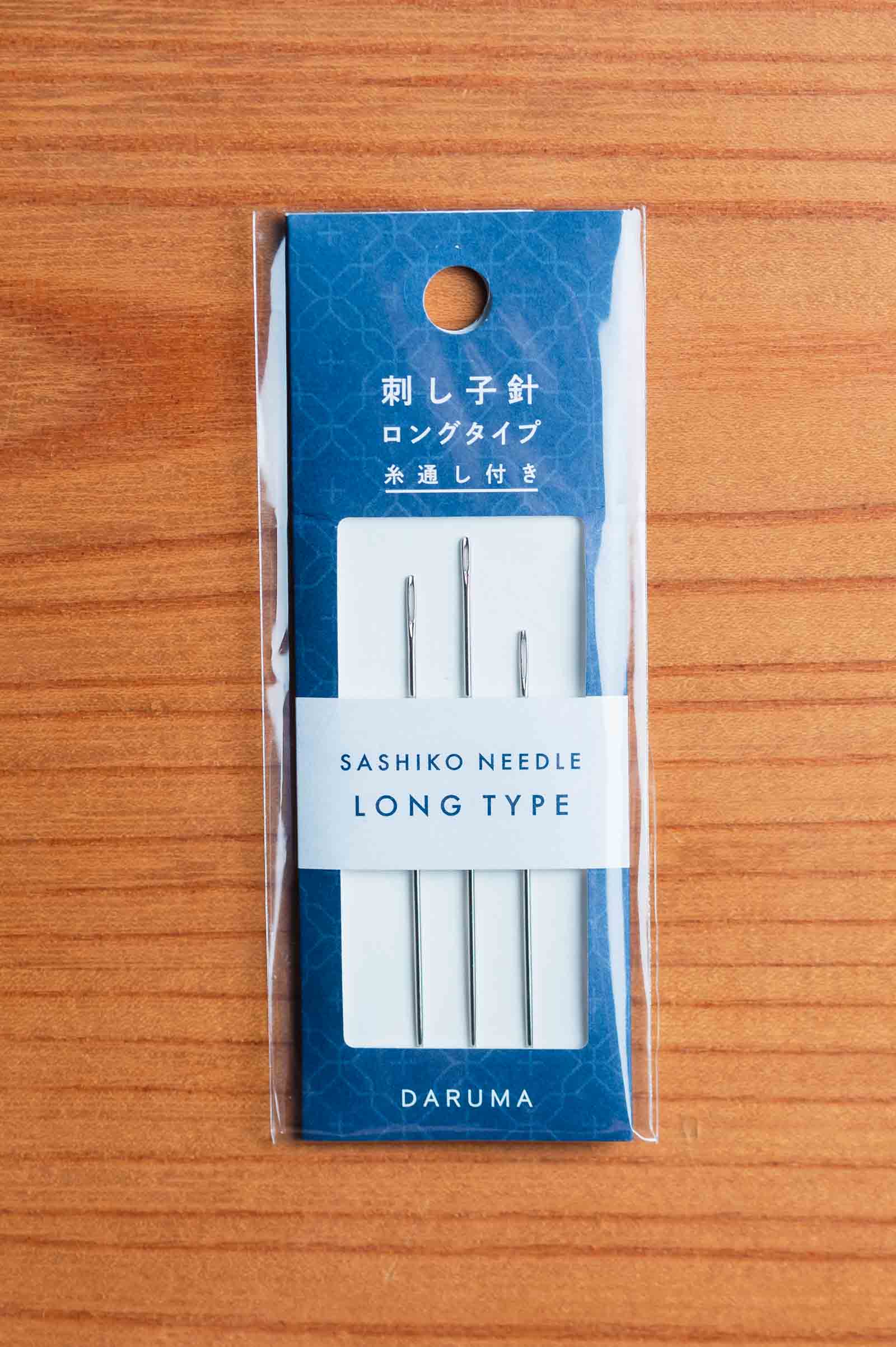
Daruma needles are great! And they come in different sizes, so it's easy to find one that has the perfect length for your hands and project.
My favorite needle is the thin Big Eye Straight by Tulip:
If you live in the US, consider buying the needle from Maydel. They do cool stuff!
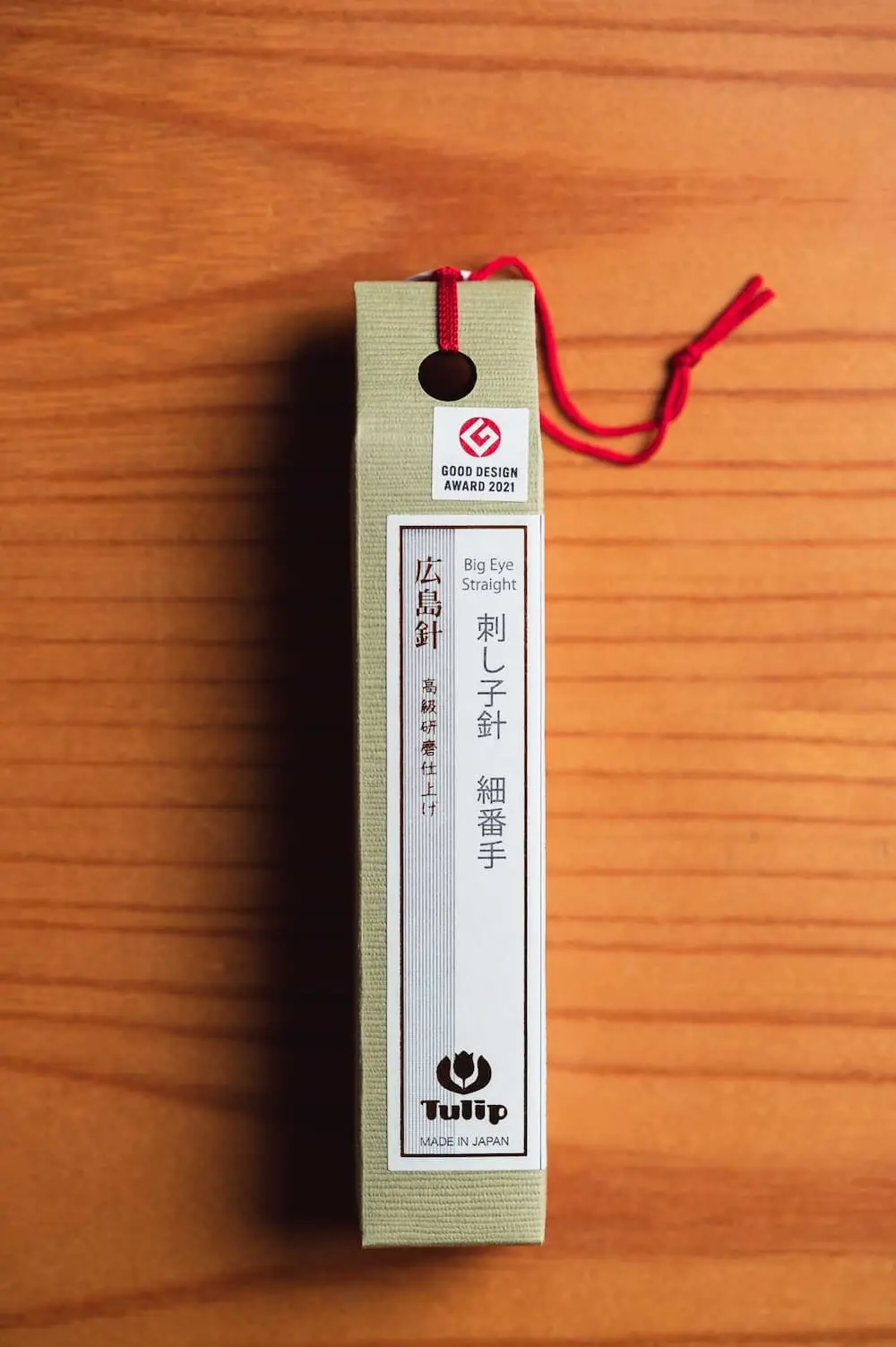
Big Eye Straight Sashiko Needle by Tulip
My favorite sashiko needle by far. Glides smoothly, super pointy and has a big eye. You probably guessed that...
Hoop
As I mentioned above, hoops are not used for sashiko. But they can have a positive impact on your embroidery outcome.
If you are a handy embroiderer and you prefer stitching sashiko patterns the same way that you usually stitch, there is no reason why you shouldn't use a hoop. If you use a hoop, finishing a project will probably take you longer, but unless you have a deadline coming up, who cares?
Fabric
Embroidery has very few restrictions when it comes to materials. When embroidery started out, the available materials were very few. But with new materials popping up over the centuries, adventurous spirits tried out new variations and adapted to their different characteristics.
In contrast, sashiko has been rather conservative. Even though sashiko has evolved quickly during the last decades, for most of its history it used linen fabric dyed with indigo.
Nowadays you can find sashiko kits that use cotton fabric instead of linen and the color variations are endless.
A great way to start sashiko is by creating 花布巾 hanafukin, kitchen towels with different kinds of sashiko on them. They are easy to do and will help you practice drawing patterns.
You can buy the fabric I use at Maydel. This is the typical fabric that is used by nearly all sashiko stitchers I know here in Japan. I highly recommend it!
Thread
Same as with fabric, embroidery is rather progressive and adventurous when it comes to thread, whereas sashiko has stayed true to its roots.
Sashiko thread was usually white with the occasional use of red. People probably didn't have a lot of choice when it came to thread. Most commonly available thread was unbleached cotton thread and therefore white or rather beige.
As red is a very festive color in Japan, for special occasions, red instead of white thread was chosen.
Because of its characteristics, cotton thread is the perfect fit for sashiko. It is durable and soft. So even with the huge selection of thread available today, most sashiko is still done with sashiko thread.
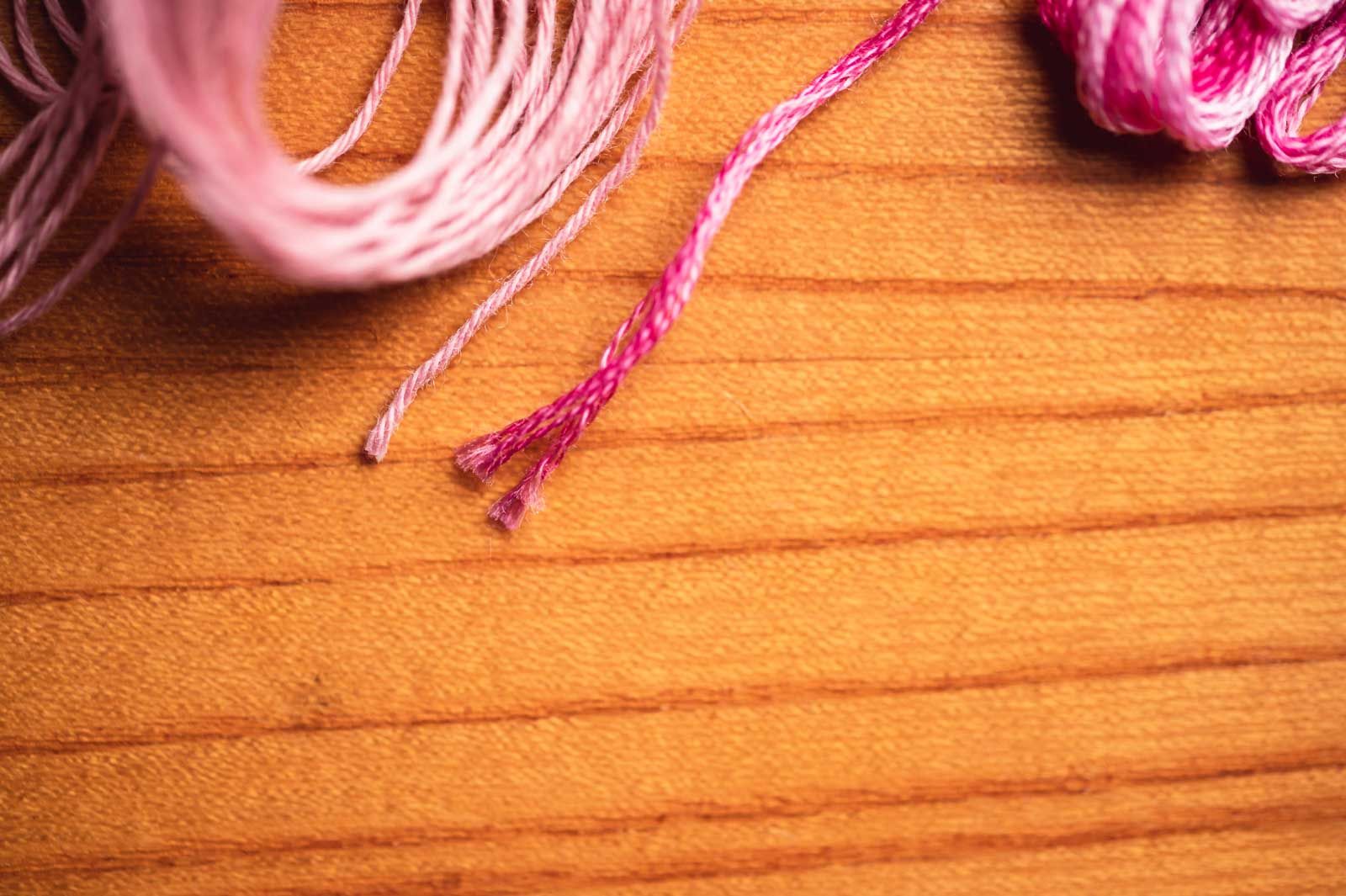
When sashiko thread was commercialized, it continued the tradition of cotton thread, because it worked best for its purpose. Since then, many color variations have been adopted and often you can find multi-colored or variegated thread.
Sashiko thread is twisted more tightly than embroidery thread as you use a whole strand, and don't divide it into its single plies. The twist prevents fraying and makes the thread very easy to work with.
Again, Daruma has great quality to offer!
You can see the whole set of colors at Maydel's. They also have slightly cheaper Olympus thread. It's a little bit fluffier than Daruma's. Both brands are great!
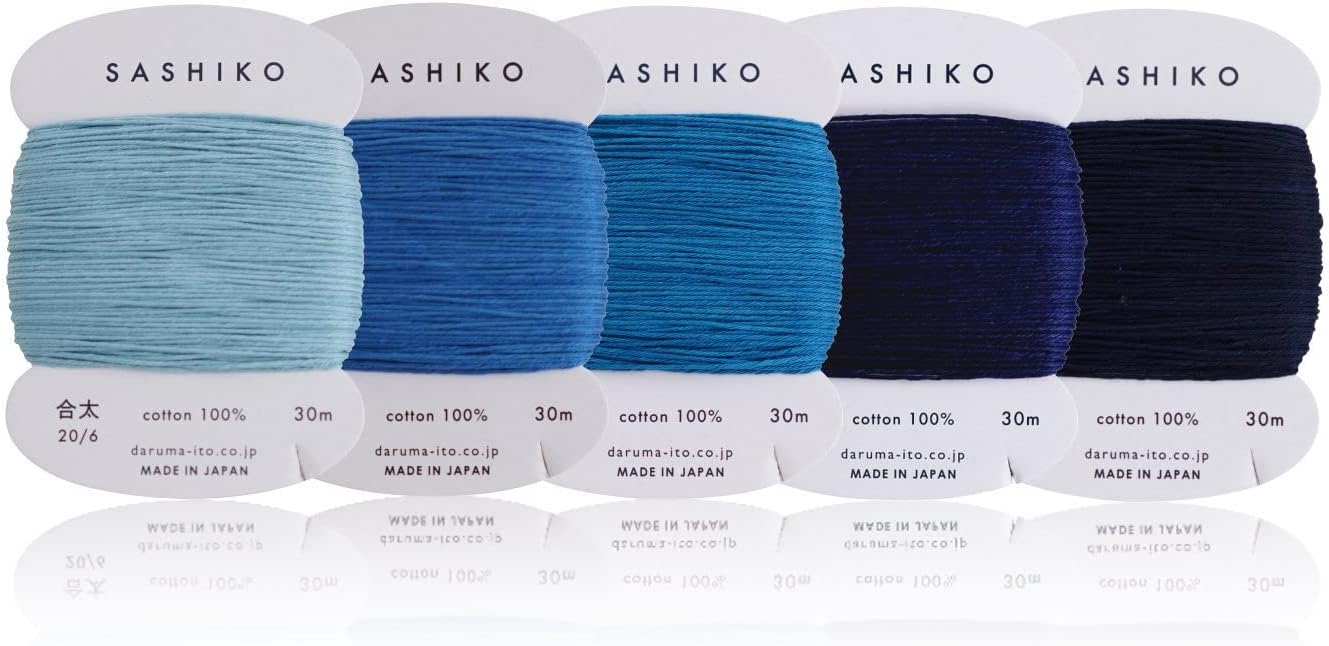
Sashiko thread by Daruma
Some of the best thread I've ever used. Daruma thread doesn't tangle because the it is on cards and the colors don't bleed when washed.
Usually, only a single thread is used for sashiko, whereas embroidery adjusts the number of strands to achieve a certain look.
Cultural background
Definitions
What is embroidery?
This part is very tricky because there are many different definitions of what embroidery is.
As I suggested above, you could argue that embroidery and sashiko are like basketball and football. But you could also say that the two compare like a ball game vs. football. Depending on your definition of embroidery and sashiko, their relationship will change.
The Encyclopaedia Britannica defines embroidery as:
art of decorating material, primarily textile fabric, by means of a needle and thread (and sometimes fine wire). The basic techniques include crewel work, needlepoint, cross-stitch embroidery, and quilting, as well as quillwork and featherwork.
The Textile Research Centre states the following:
[...] the term embroidery is defined as the decoration of a fabric or similar ground material (such as leather or felt) with a sewing needle/hook, whereby the predominant decorative technique is the use of decorative stitches (also known as accessory stitches or supplementary stitches) made with spun yarn or a similar, flexible form. It is essential that the embroidered stitches are primarily decorative rather than structural – although it should be stressed that sometimes these two functions are not mutually exclusive.
What is sashiko?
Looking at these two definitions, we could derive that sashiko is not embroidery at all if we look at sashiko as defined by Sekai Daihyakka Jiten Dai 2 Ban:
本来は衣類の傷んだ個所をつくろい,補強して保温効果を高め,長もちさせるための技法であり,木綿生産に適しない東北各地,あるいは交通不便な山間地,労働条件のきびしい漁村などで,さかんに行われた。
Originally sashiko is a stitching technique that was used to mend clothing where it has become threadbare, make it stronger and warmer, and increase its life span.
It prospered all across the Tohoku region, which is unsuitable for cotton production, whether in places that were hard to access like mountainous areas or fishing villages where working conditions were harsh.
Sashiko's aspect of mending would be a way to set it apart from embroidery.
Even though mending may have been somewhere in the history of embroidery, this aspect has been overridden by its purpose of adornment a long time before sashiko even came up. The Textile Research Centre even goes so far as to say that "it is essential that the embroidered stitches are primarily decorative rather than structural."
But if the aspect of mending is essential for sashiko, it would mean that a majority of the sashiko that is stitched today would not count as sashiko, because in our affluent times, it is used primarily because of its look not for its function.
So if you choose to include sashiko that is not used for function as sashiko, it would make a perfect fit in the vast list of various forms of embroidery. Thus it would make embroidery a ballgame and sashiko would stay football.
Origins
Embroidery's origin is buried in a very distant past, with findings from old Egypt, but has supposedly been even practiced before that.
Sashiko's origins, too, are lost in the past, albeit not quite as long ago. 柳宗悦Yanagi Sōetsu a.k.a. Yanagi Muneyoshi started the 民芸運動 Mingei Undō, the Japanese folk craft movement, together with Hamada Shōji and Kawai Kanjirō in the 1920s.
At that time, some forms of sashiko, especially Kogin were about to vanish.
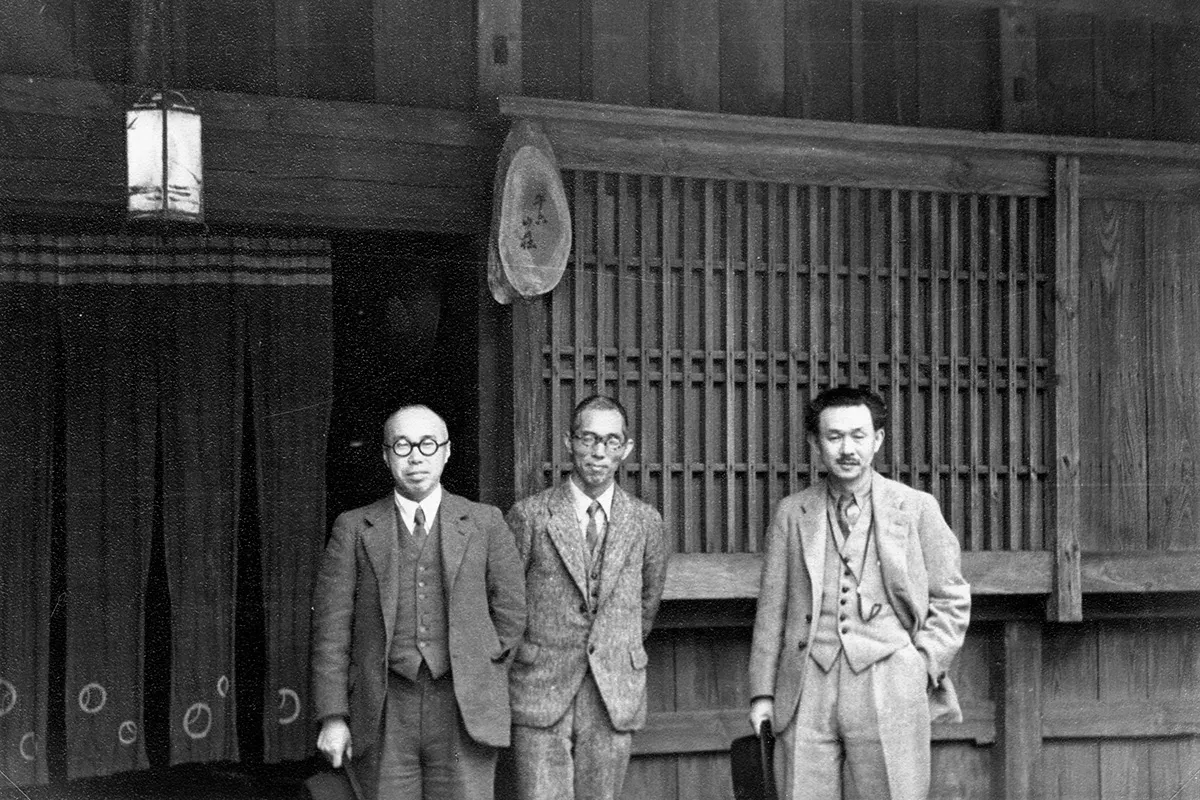
Yanagi wrote in his book 手仕事の日本 teshigoto no nihon:
「こぎん」の方はもうほとんど絶えましたが、近頃それを惜しんで再び立ち直ろうと試みられております。
"Kogin" has nearly vanished, but lately, I have been trying to revive it as I would be sad to see it gone.
So Yanagi Sōetsu's folk craft movement may have saved sashiko from being completely abandoned and thus lost to us.
The research he and other members of the movement conducted led to the conclusion that sashiko had been developed out of a need to keep warm and save resources in Japan's frugal North.
In 1724, when the 農家倹約分限令 nōkaken'yakubungenrei, was issued, commoners weren't allowed to wear cotton anymore. Instead, they wore indigo-dyed linen, which offered little protection from the cold climate during winter.
So they would sew several layers together and the stitches evolved into what is known as sashiko today.
In Tsugaru, Aomori, sashiko developed into koginzashi こぎん刺し. South of Tsugaru but still in Aomori, hishizashi 菱刺し became prevalent. In the Shōnai region of Yamagata, the style developed into shōnaisashi 庄内刺し.
These three styles are called: sandaisashiko 三大刺し子, "the big three of sashiko."
Purpose
Originally, both embroidery and sashiko may have served the purpose of mending, rather than decorating. But embroidery soon came to put a very strong emphasis on embellishment.
Sashiko, on the other hand, evolved according to practical reasons. It was used to mend and protect first: mend worn fabric or protect it from wear in the first place. Protection could also mean protection from the cold or evil spirits.
I read once in a Japanese book that the fishermen's wives in the Tōhoku region put sashiko on their husbands' clothing to protect them at sea. Just as the fabric got stronger with sashiko, they wished for the fishermen to become stronger with sashiko clothing.
Another form of protection that sashiko could provide to its users was from fire. During the Edo period, 17th-19th century, Japanese firemen wore 火消半纏 hikeshi banten, special coats that were soaked in water and protected them from heat and falling debris.
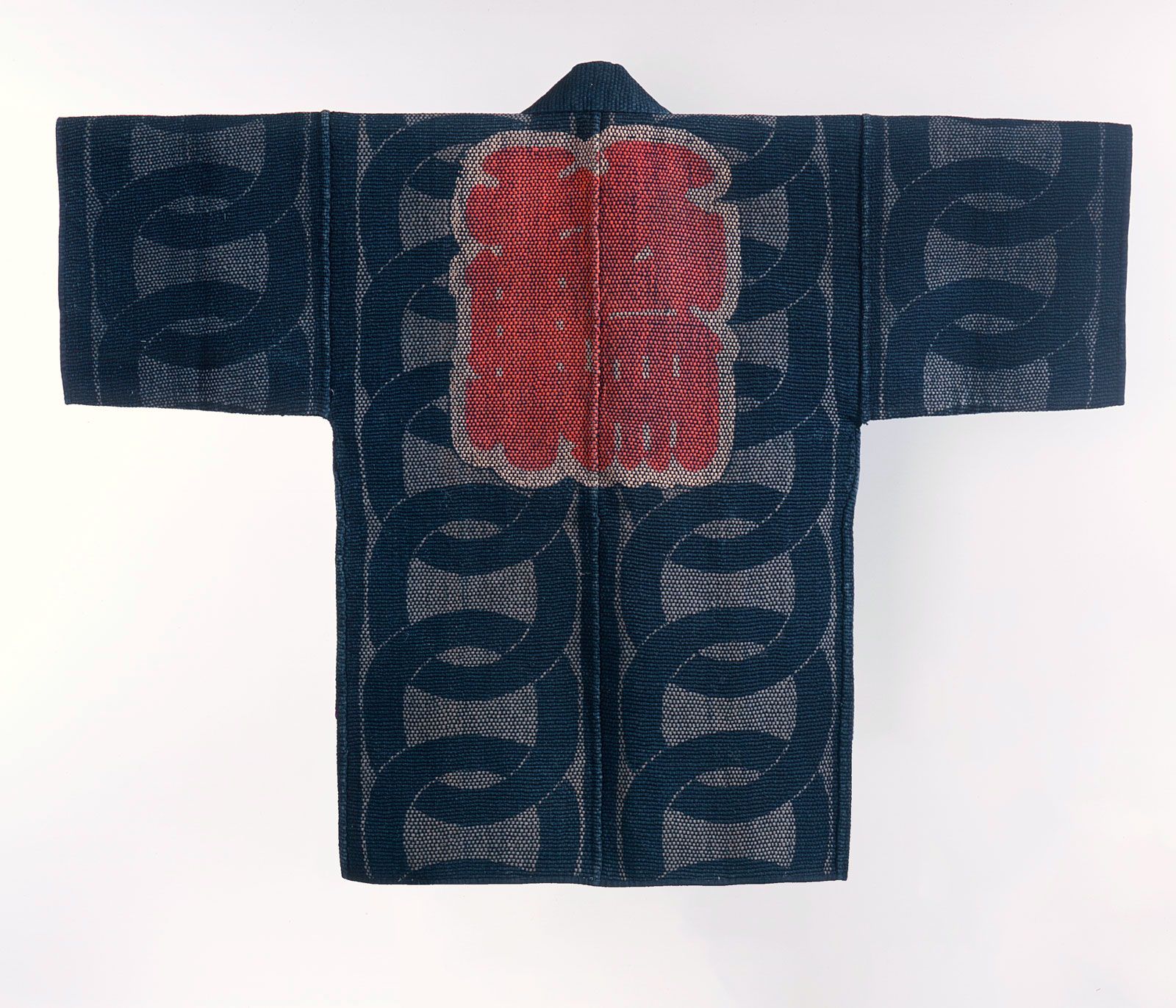
Only in our affluent times, sashiko has moved away from its original purpose of mending and protecting, closer to the decoration side of stitching.
Durability
As sashiko evolved staying mainly true to its original purpose until very recent times, it is extremely durable. The thread becomes more or less a part of the fabric over time and even numerable washing cycles will hardly diminish its beauty. On the contrary, some people even argue that it gets more beautiful as it ages.
The intricate designs created with embroidery are often susceptible to wear. So instead of embroidering places on the clothing that wear easily, the design would be placed somewhere that was not disposed to friction. Just the opposite of how sashiko is usually placed.
Conclusion
If you want to emphasize how different sashiko and embroidery are, you can easily find enough reasons to do so. But over time, the two have moved closer and closer together.
Both sashiko and embroidery have their distinctive features. While sashiko emphasizes durability and mending, embroidery emphasizes adorning and embellishment.
Of course you can use sashiko to make something look pretty. The same as you can make something more durable with the help of embroidery.
You can do sashiko without its characteristic technique but you'll end up taking twice as long for the same project.
The more you understand about each sashiko and embroidery, the easier it is to use it to make whatever you have in mind. In the easiest, fastest, most fun way.
Sashiko is useful, versatile, and beautiful. I hope it will enrich your life as much as it does mine.
On a sidenote:
Please reach out if you disagree with any of my points or have something to add. I have read a vast amount of literature to formulate these thoughts. I appreciate hearing other people's opinions to rule out any misunderstandings and errors.
If you enjoyed this post, feel free to share a link on whatever platform you wish.
Thank you!
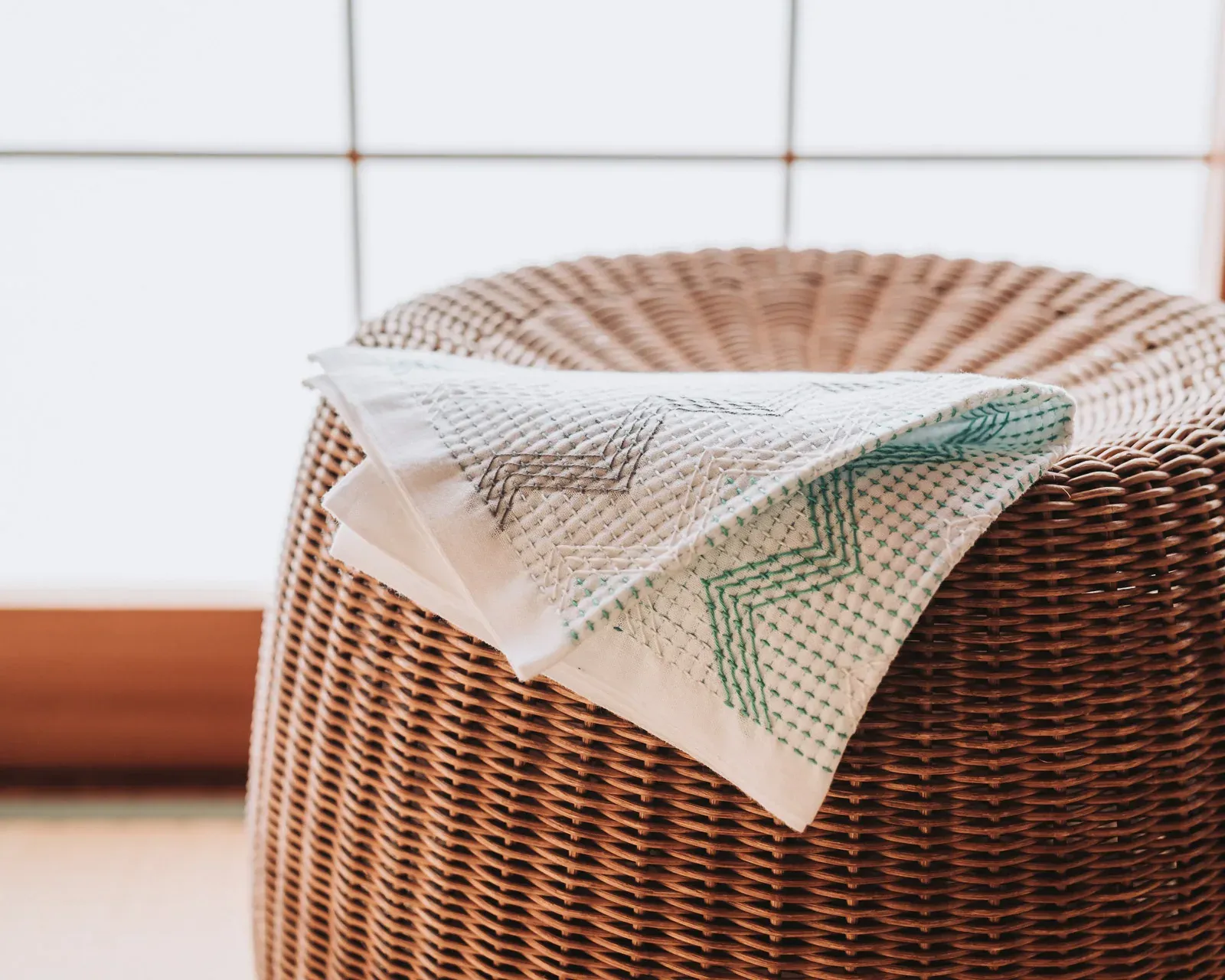

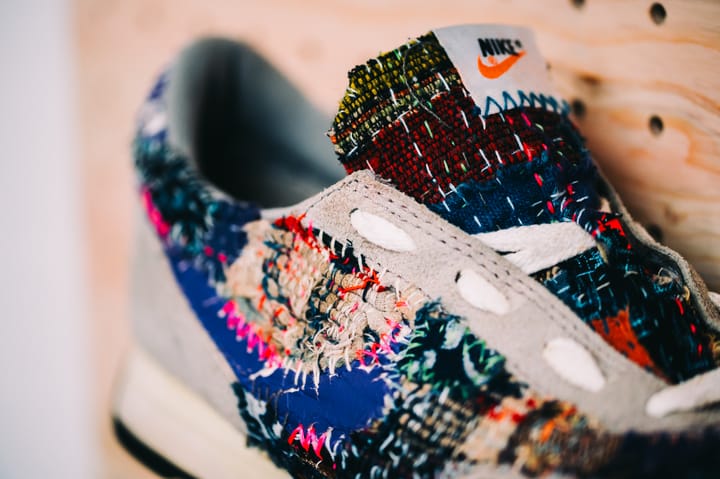
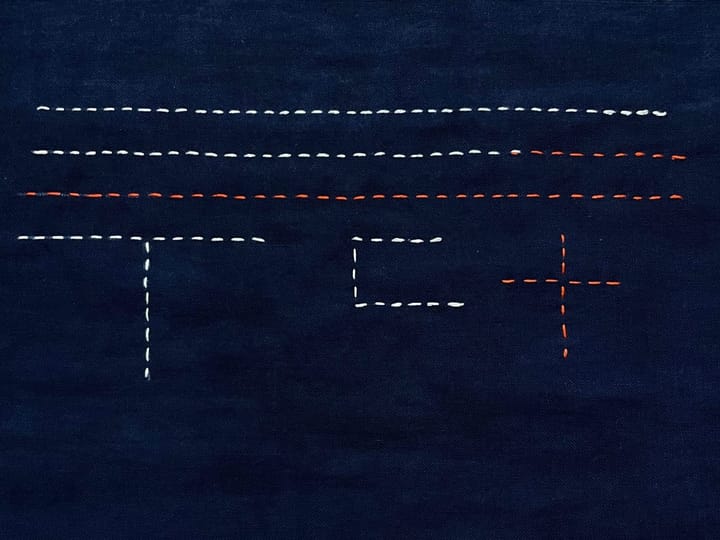
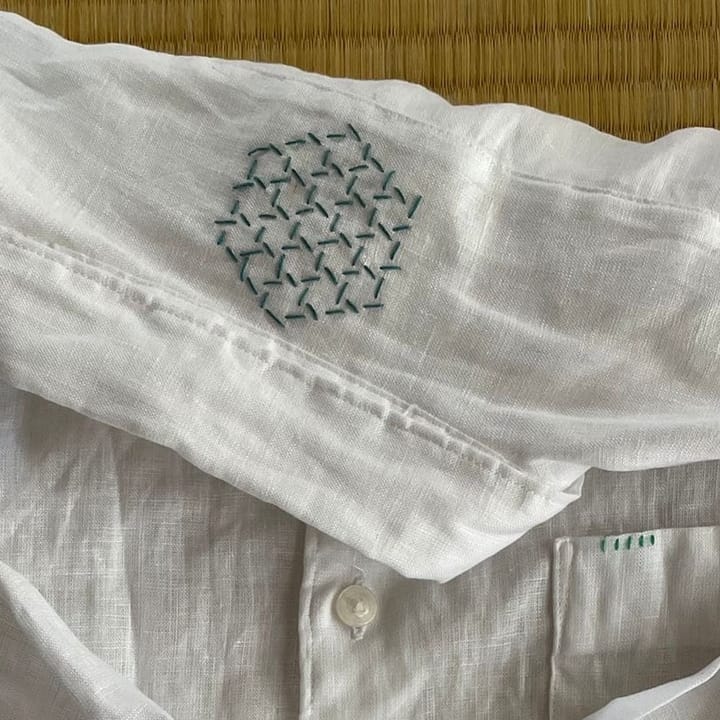
Comments ()